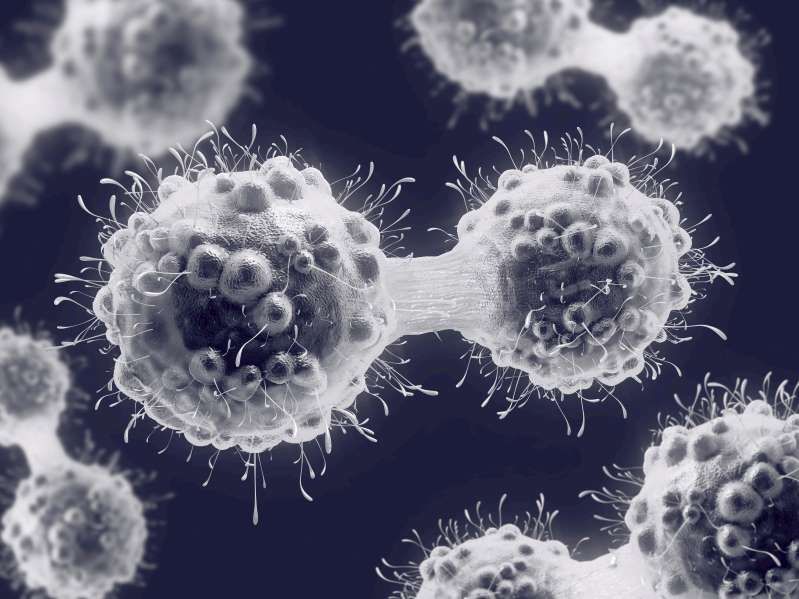:00000
There’s a new breakthrough that might just be the secret ingredient to commercialize “the holy grail of energy,” nuclear fusion.
:00000
There’s a new breakthrough that might just be the secret ingredient to commercialize “the holy grail of energy,” nuclear fusion.
An international team of researchers, affiliated with UNIST has for the first time succeeded in demonstrating the ionization cooling of muons. Regarded as a major step in being able to create the world’s most powerful particle accelerator, this new muon accelerator is expected to provide a better understanding of the fundamental constituents of matter.
This breakthrough has been carried out by the Muon Ionization Cooling Experiment (MICE) collaboration, which includes many UK scientists, as well as Professor Moses Chung and his research team in the School of Natural Sciences at UNIST. Their findings have been published in the online version of Nature on February 5, 2020.
“We have succeeded in realizing muon ionization cooling, one of our greatest challenges associated with developing muon accelerators,” says Professor Chung. “Achievement of this is considered especially important, as it could change the paradigm of developing the Lepton Collider that could replace the Neutrino Factory or the Large Hadron Collider (LHC).”
Posted in innovation
 3D illustration of a cancer cell in the process of mitosis. A new type of immune cell which kills most cancers has been discovered by accident by British scientists, in a finding which could herald a major breakthrough in treatment.
3D illustration of a cancer cell in the process of mitosis. A new type of immune cell which kills most cancers has been discovered by accident by British scientists, in a finding which could herald a major breakthrough in treatment.
Researchers at Cardiff University were analysing blood from a bank in Wales, looking for immune cells that could fight bacteria, when they found an entirely new type of T-cell.
That new immune cell carries a never-before-seen receptor which acts like a grappling hook, latching on to most human cancers, while ignoring healthy cells.
Researchers have generated a wide range of colors from a single laser after discovering a new process for achieving so-called “supercontinuum generation.”
Supercontinuum generation is when intense laser light of one color travels within a material, like glass, and broadens into a spectrum of colors.
The effect lets scientists produce light at colors tailored to particular applications in sectors like bioimaging, optical communications and fundamental studies of materials.
Photonics experts at Heriot-Watt university are hailing a breakthrough in laser research.
They have come up with a new and relatively inexpensive way of creating a laser supercontinuum.
They hope it could eventually have applications in bio-imaging and optical communications.
Generation of a supercontinuum happens when intense laser light of a single colour travels through a material and then broadens into a spectrum of colours.
How do human beings co-live with #AI in the #future? https://bit.ly/39BkOXe “Artificial intelligence (AI) has triggered many concerns and discussions in recent years, and through these discussions people are prompted to introspect on what it really means to be a human being …” #technology #innovation
Artificial intelligence (AI) has triggered many concerns and discussions in recent years, and through these discussions people are prompted to introspect on what it really means to be a human being. It provides us with plenty of food for thought regarding our science, society, family, work, etc., and all of these raise an important inquiry: how is life going to be with artificial intelligence being around us?
CEO of the Coalition for Epidemic Preparedness Innovations Dr Richard Hatchett explains the long-term dangers of the Covid-19 coronavirus — saying it’s the scariest outbreak he’s dealt with in his 20-year career. (Subscribe: https://bit.ly/C4_News_Subscribe)
——
Get more news at our site — https://www.channel4.com/news/
Follow us:
Facebook — https://www.facebook.com/Channel4News/
Twitter — https://twitter.com/Channel4News
In Beilinson Hospital, for the first time, a lung cancer patient went under surgery in which the tumor removed and the healthy lung returned to his body. “Cleaning” organs from tumors may change global coping with cancer.
In a recent study, scientists at Baycrest’s Rotman Research Institute (RRI) found that research participants moved their eyes to determine whether they had seen an image before, and that their eye movement patterns could predict mistakes in memory. They obtained these results using an innovative new eye tracking technique they developed.
“Our findings indicate that eye movements play a functional role in memory retrieval,” says Dr. Jennifer Ryan, senior scientist at the RRI and Canada Research Chair in Cognitive Neuroscience of Memory. “They can tell us a lot about someone’s memory.”
This study builds on previous Baycrest research examining the link between eye movements and memory, including the role of our eye movements in memorization and the weakening connection between our eye movements and our brain activity as we age.